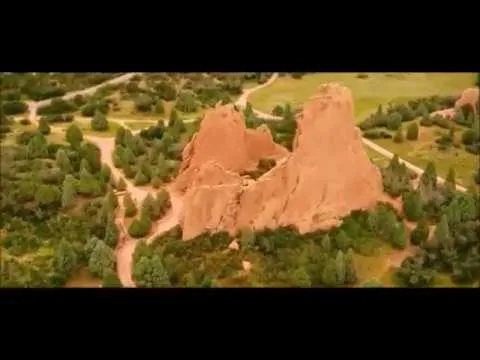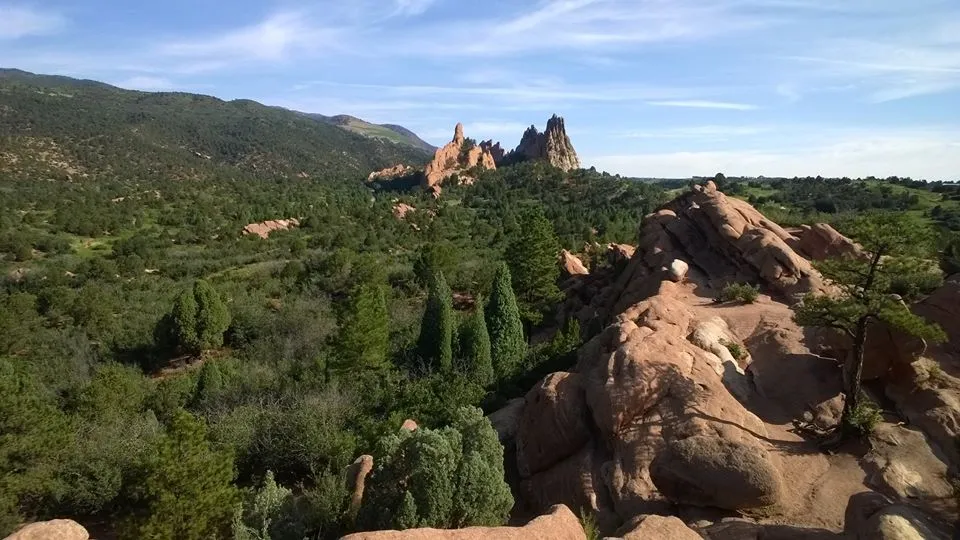
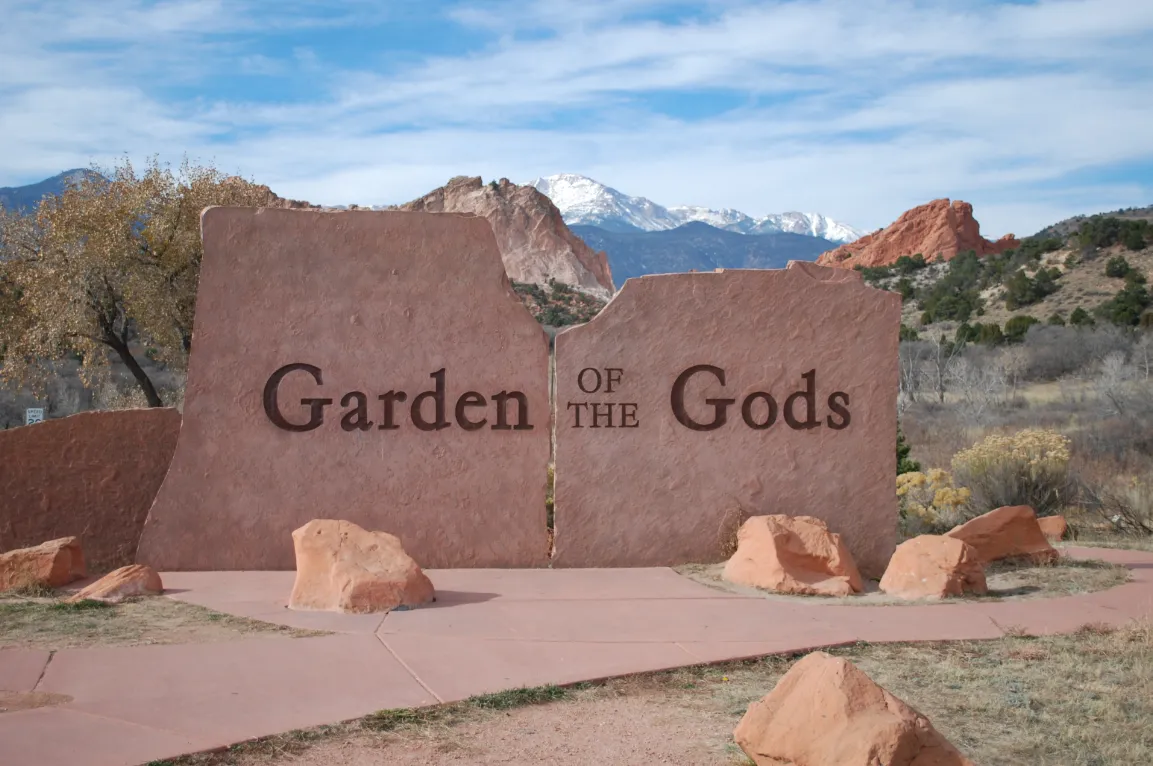
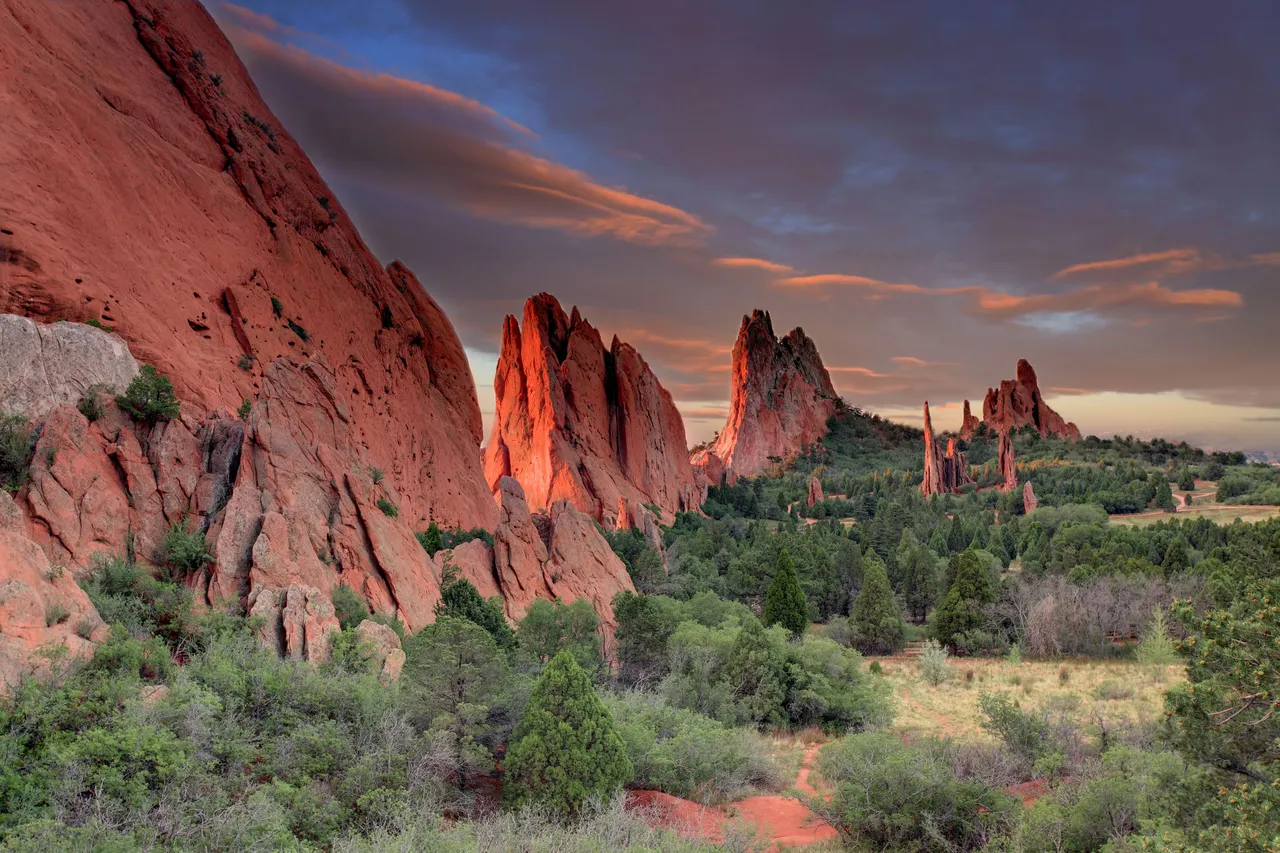
Sunrise at The Garden of the Gods
This is one of my favorite spots in Colorado. The Garden of the Gods is located between Colorado Springs and Historical Manitou Springs off of Hwy 24. There is no fees to go through the park and its opened all year around. Peaceful Spiritual surroundings with an amazing abundance of wildlife. It feels like you stepped back in time to when the dinosaurs roamed the earth or Bedrock in the cartoon the "FlintStones". You'll always find new things to explore in the park like caves and crevices or unexplored paths and unusual rock formations in bright red orange and stark white colors. The huge white rock formations that per-trued from the earths crust have a luminous glow in the moonlight. It really is a special place to visit any time of the year day or night and well worth a trip. The old trading post is now a wonderful gift shop with all kinds of handmade native and local artisan treasures and they also serve food and refreshments and tasty treats. Some of the many activities you can do in the park are bicycling, hiking, nature walks, bird watching, photography, moonlight star gazing walks, horseback riding, rock climbing, picnics, jeep & segway tours and educational tours you can schedule at the visitor center. Be sure to stop by the visitors center & nature center to see a great display of historical information and artifacts and exhibits other historical sites in the park. I hope you get to enjoy this magical place as much as I do and like my blog. Follow me @jenntheangel for more post to come.
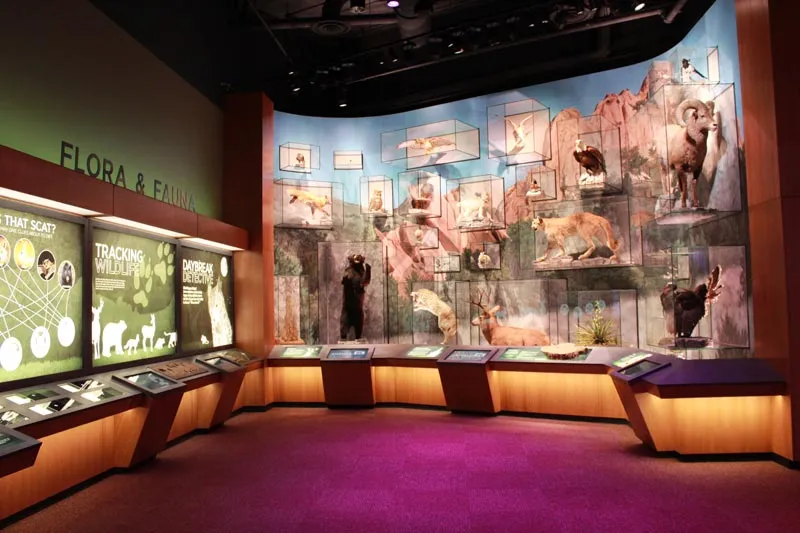
Visitor & Nature Center
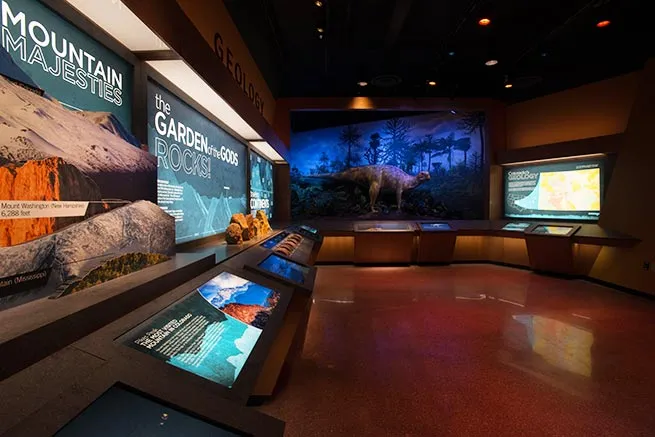
Visitor & Nature Center
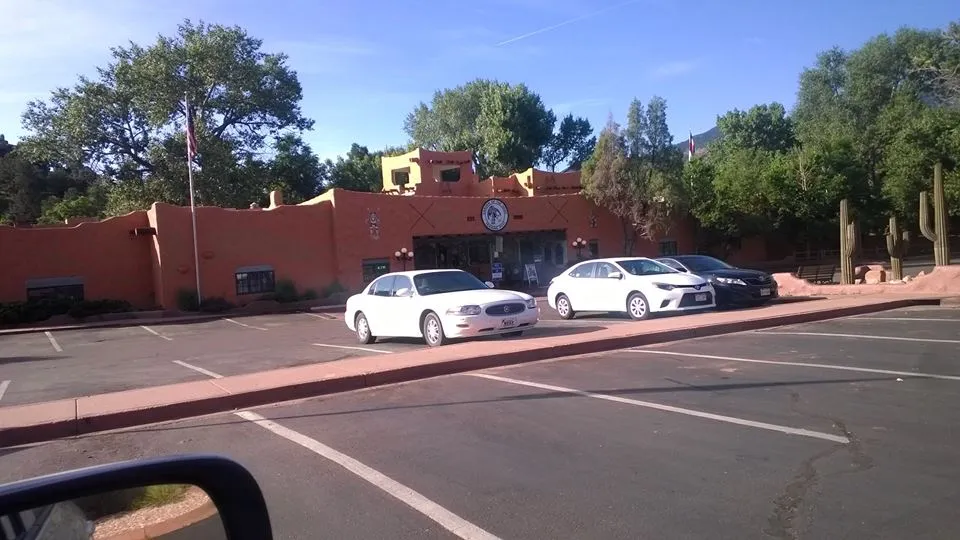
Trading Post Gift Shop & Restaurant

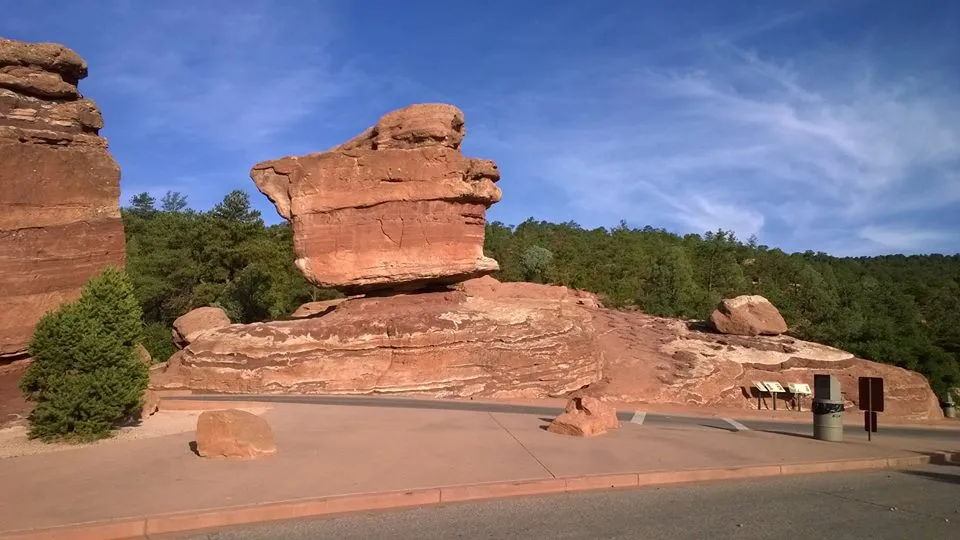
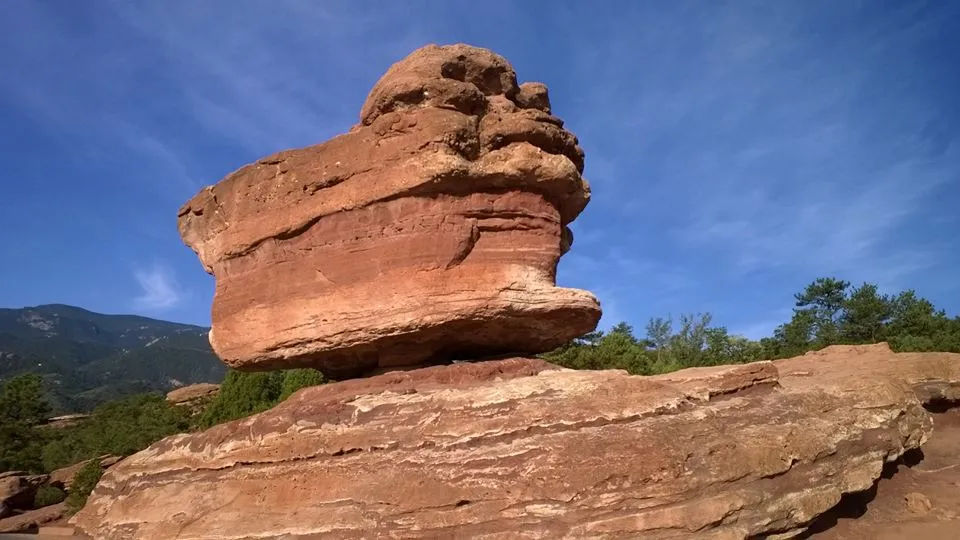

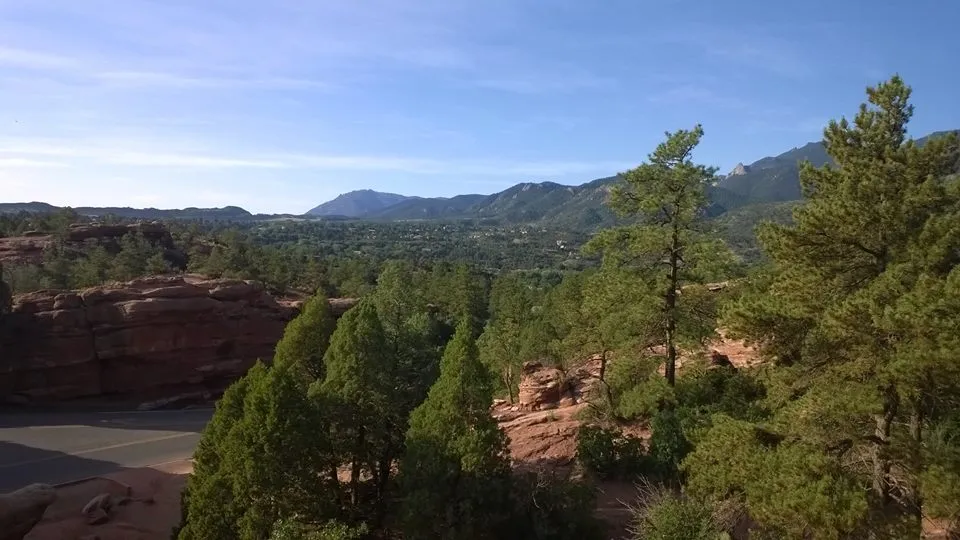
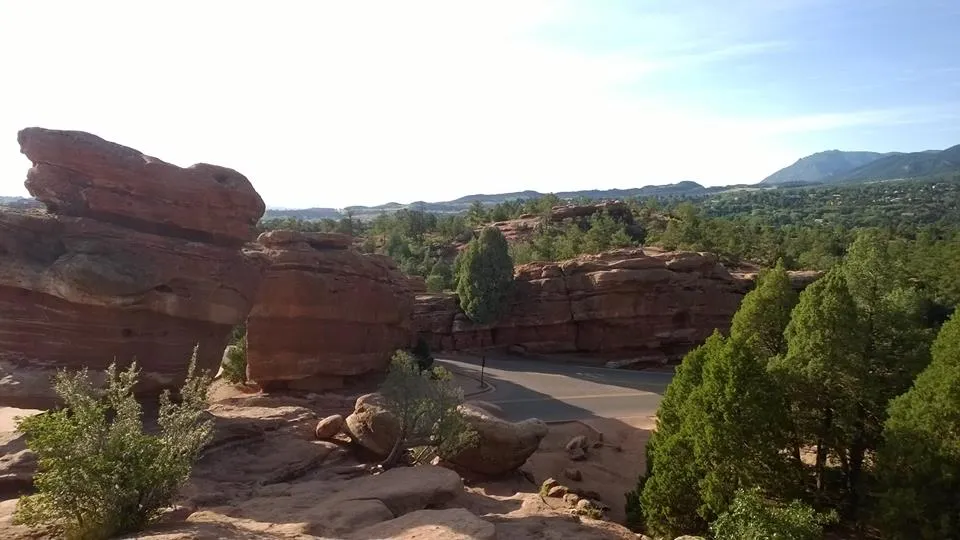
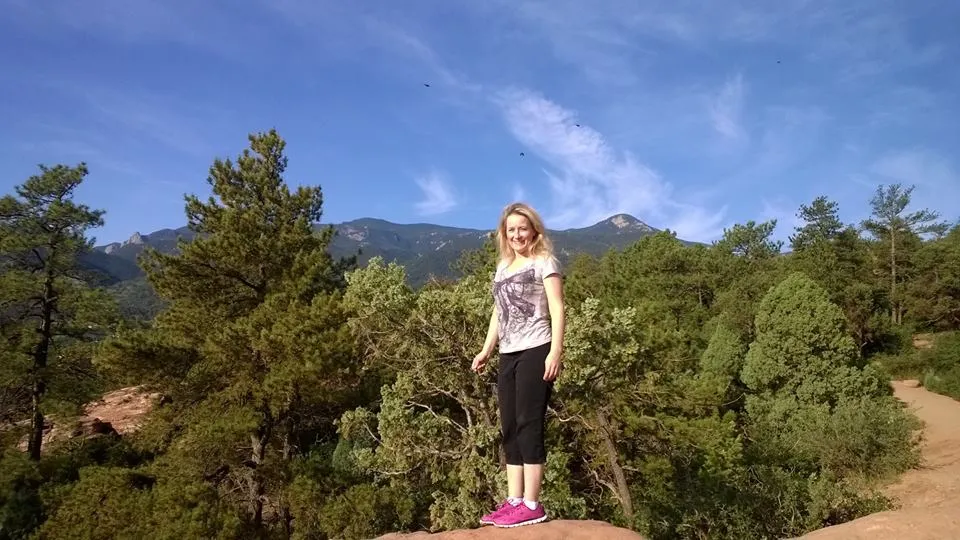

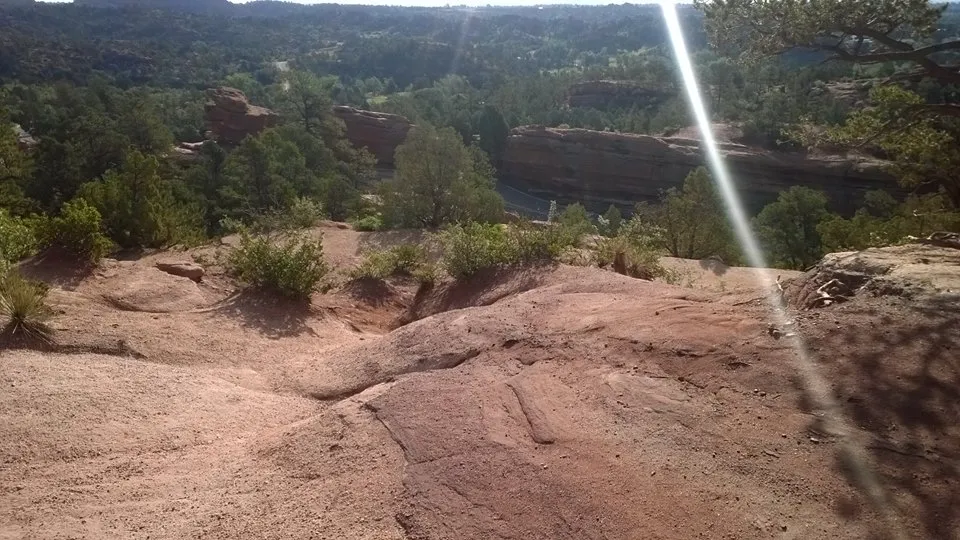
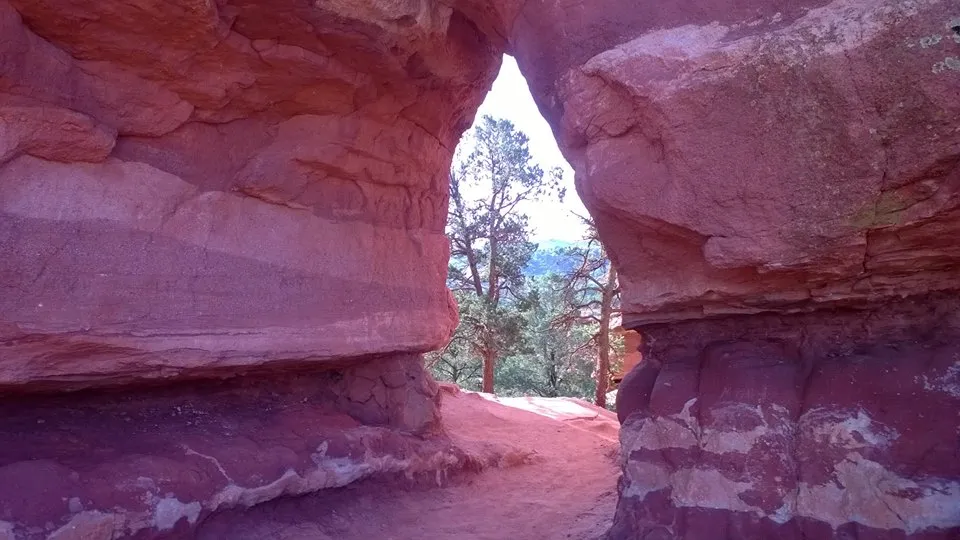
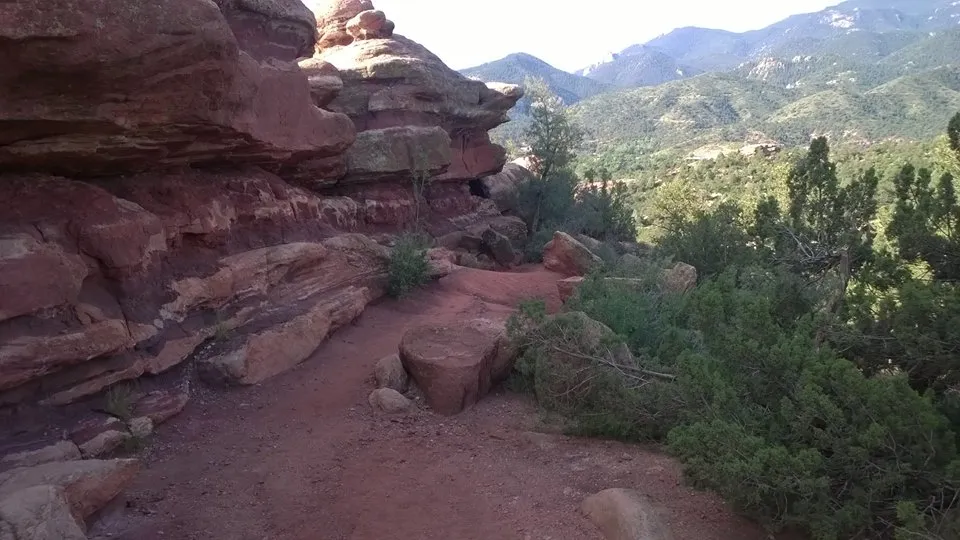


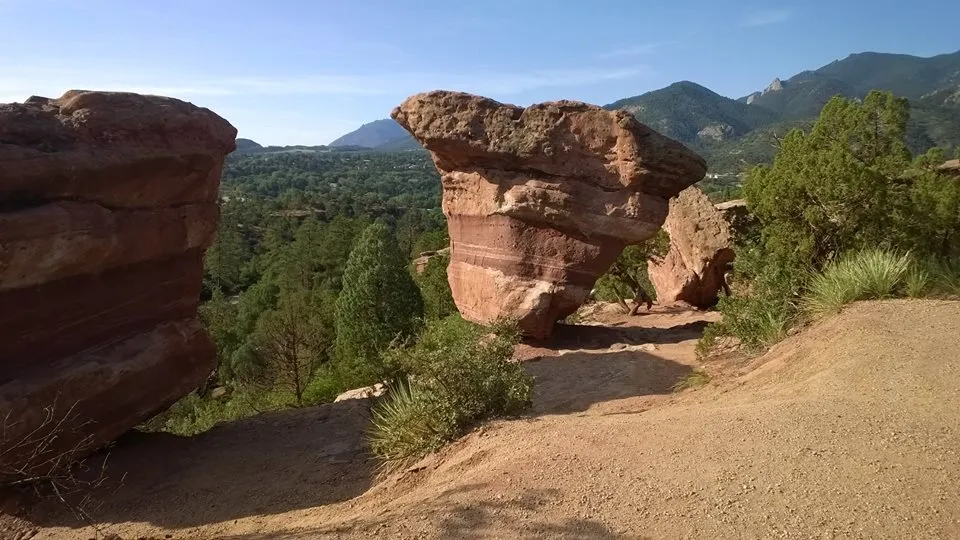
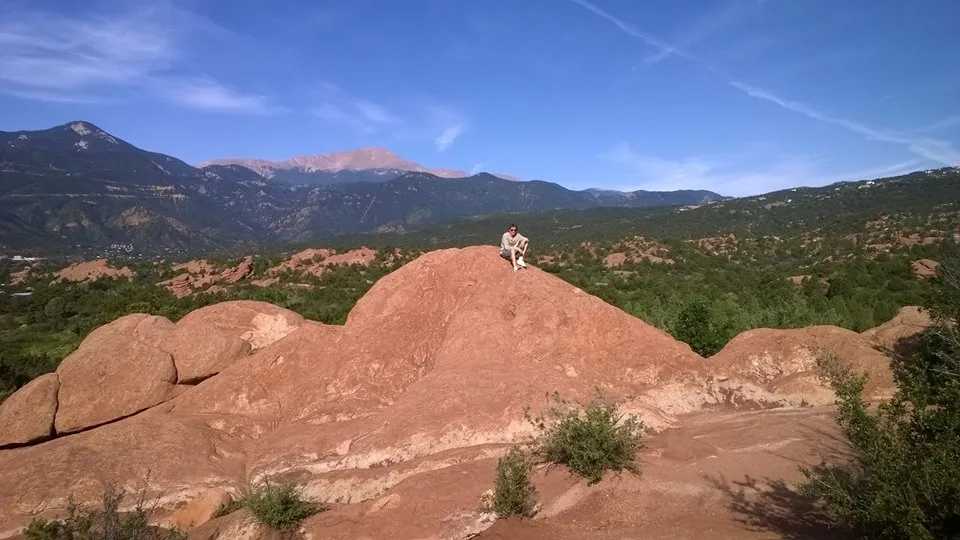
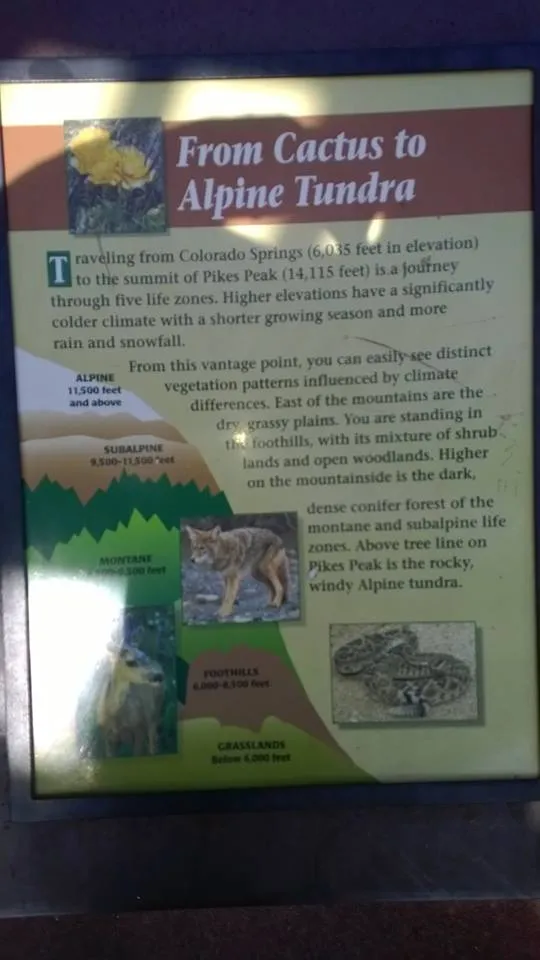
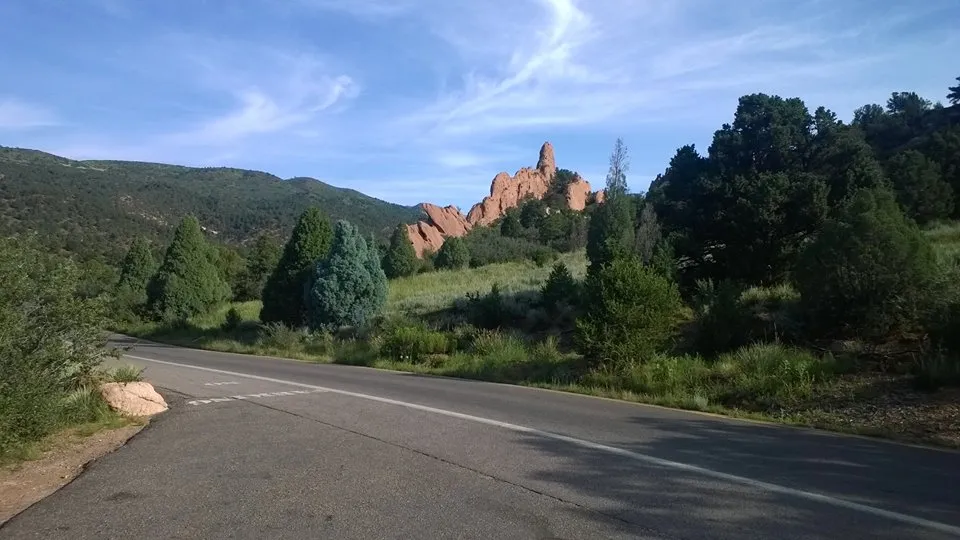
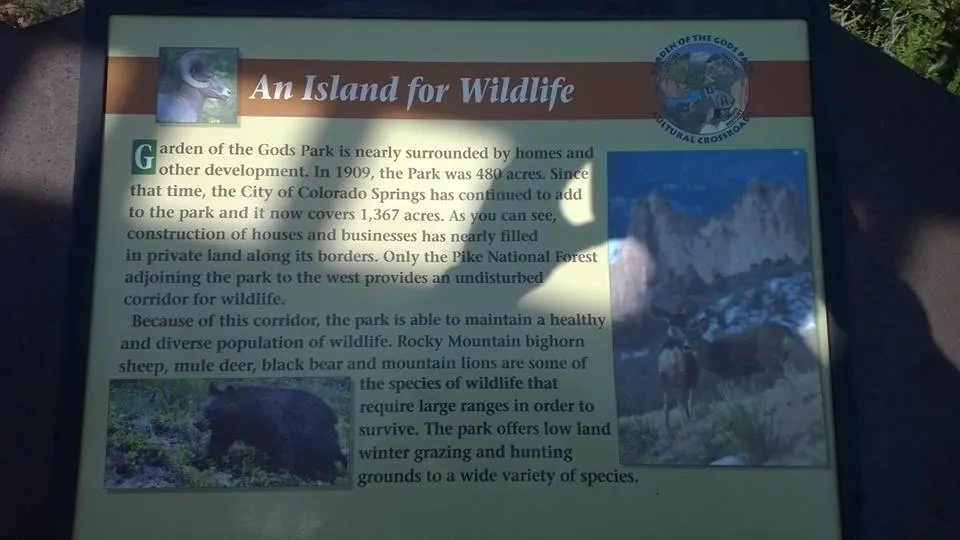
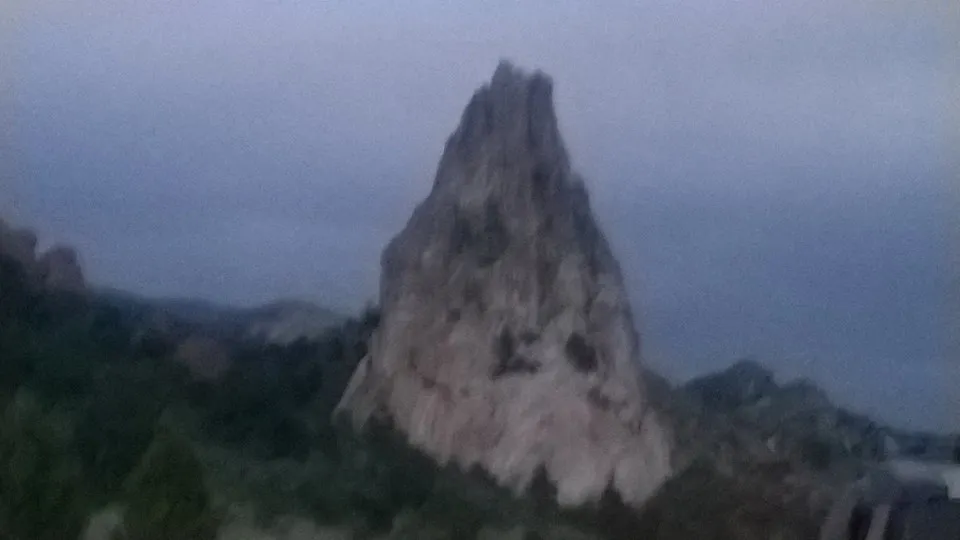
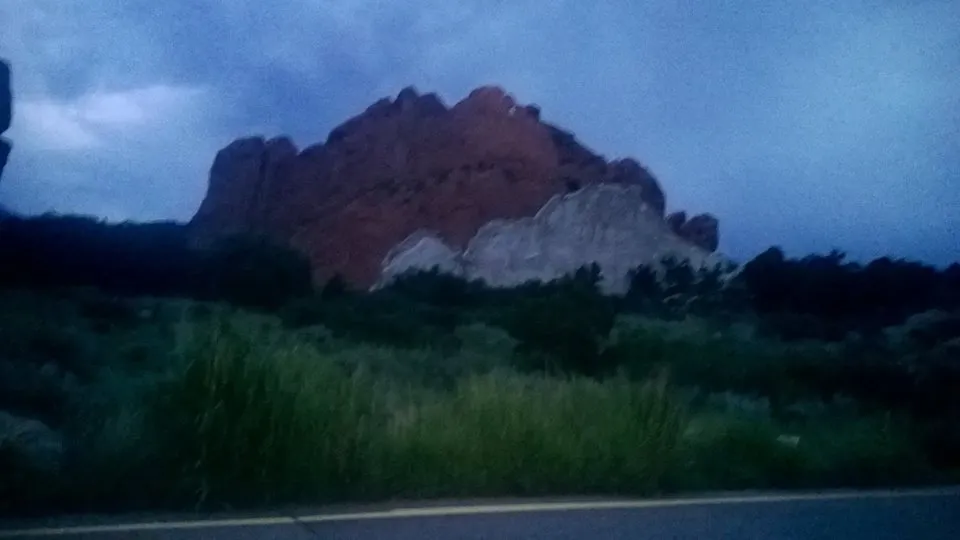
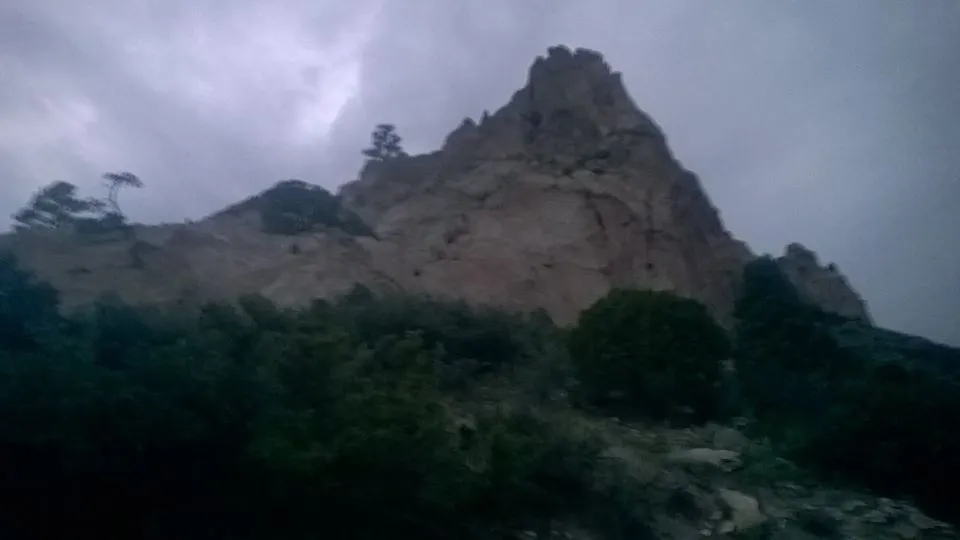
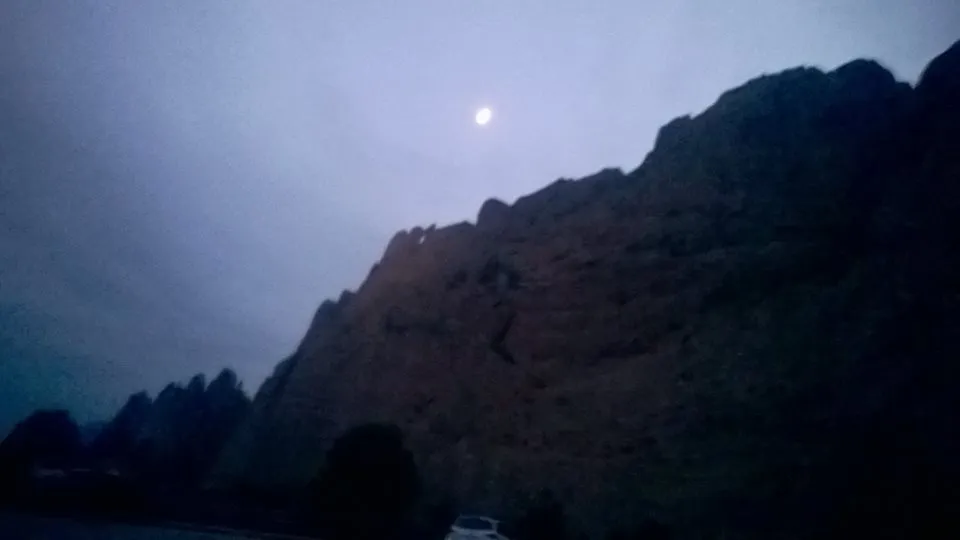

Here is some additional historical information, links, and pics

History of the Garden of the Gods Trading Post

On April 7, 1929, the headline from The Colorado Springs Gazette read: “The Trading Post, the Pikes Peak region’s newest Indian store…will be an added attraction this summer to tourists and residents alike.” Enter present day, and the only alteration to this sentence need be “the region’s oldest Indian store.” The Garden of the Gods Trading Post has operated in its present manifestation since 1929. But the history of the original founder and proprietor, Charles E. Strausenback, is rich with old Mexican, early American, and Native American history—and goes well before and beyond that pivotal year.
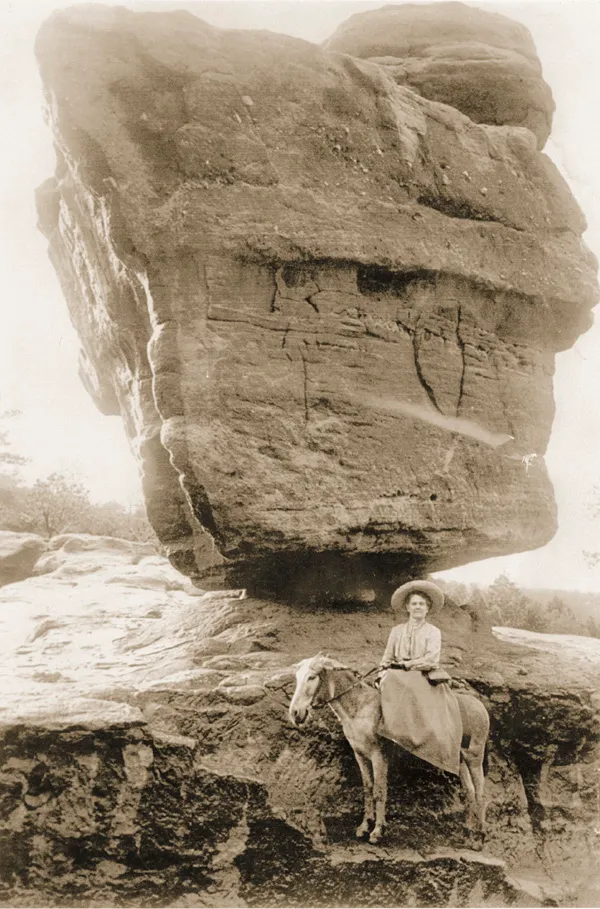
Early in life, Strausenback admired southwestern culture. He was born in 1890 in Michoacán, Mexico and came to Colorado in 1910. Strausenback pursued his southwestern art interest by carving and painting figures out of gypsum rocks. He built his first souvenir stand in 1909 between Gateway Rocks in the Garden of the Gods Park.
This was one of many souvenir stands operated by Strausenback. His stand a few years later (1917) was near another budding entrepreneur, Edwin L. Rice. Rice was the boisterous proprietor of “Fatty Rice’s Place.” He offered souvenirs as well. Strausenback saw great success with this stand and sold souvenirs in the summer, and spent time on reservations during the winters. Strausenback eventually expanded his stands into the Garden of the Gods Trading Company. The original 40 by 60 feet store (built in 1929) remains an intricate aspect of the store today. Strausenback brought in Native American artists to perform their work on site.
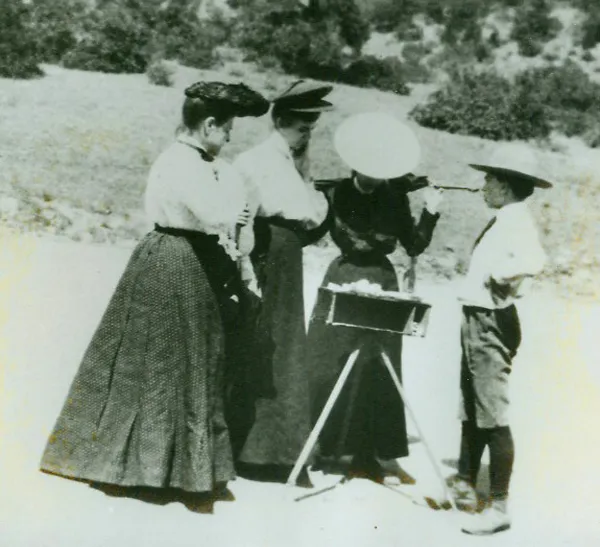
Garden of the Gods: Sacred Ground and Native American Crossroads
Located in Colorado Springs, the Garden of the Gods is a stunning expanse of unique geological formations. Its known human history goes back around 3,000 years, however, the indigenous Ute people claim their ancestors always lived there. Over the centuries, the spectacular landscape served as a Native American crossroads with numerous nomadic tribes gathering there in peace. According to local stories, the immense sandstone formations were considered sacred ground and that meant that even rival tribes laid down their weapons when entering the Garden of the Gods.
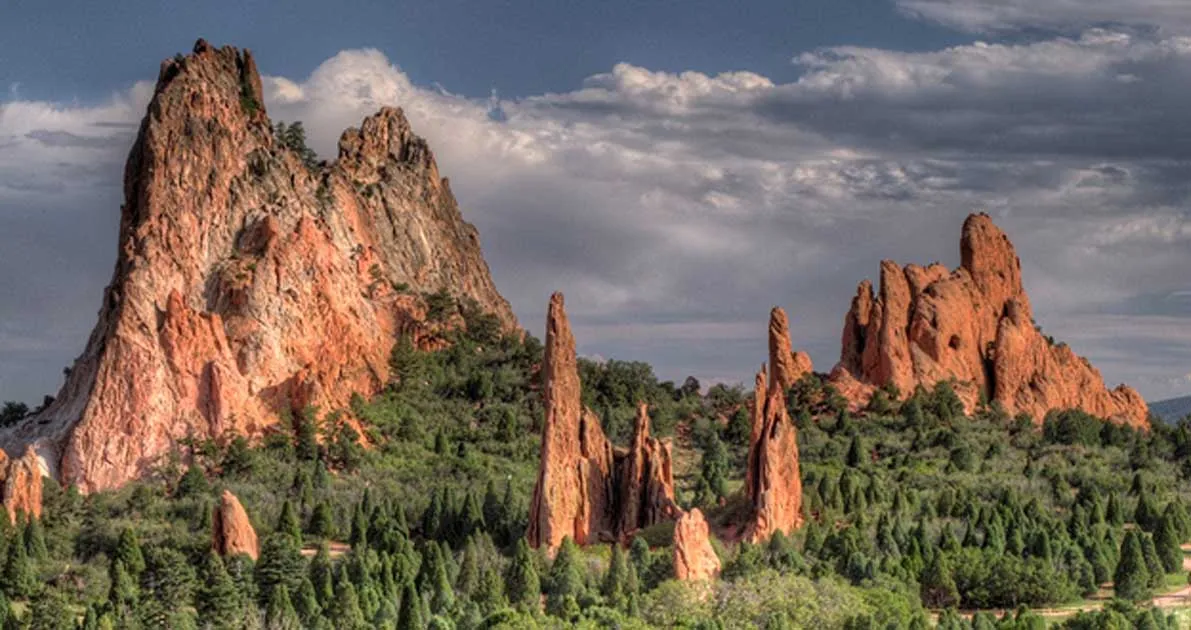
In 2014, the Garden of the Gods was voted Top Park in the United States and is frequently listed on global ‘most visited parks’ lists- over one million guests a year journey to this National Natural Landmark. The park’s interesting name came from two surveyors who visited the park in 1859 while working on establishing Colorado City. One of the men, M.S. Beach commented that he thought the site would be a “capital place for a beer garden”. His companion, Rufus Cable, replied “Beer Garden! Why it is a fit place for the gods to assemble. We will call it the Garden of the Gods.”
Owned by the City of Colorado Springs, the Garden of the Gods was established in 1909 as a nature preserve of 240 acres. Today, the park includes 1,387 acres. The park is situated at a distinctive geographic location – it is where the grasslands of the Great Plains begin to merge with the pinon-juniper woodlands of the American Southwest and the mountain forests of the Rocky Mountains. This creates a vibrant array of plants and animals; however, most of the tourists come to see the rocks, not the birds.
Rock Formations
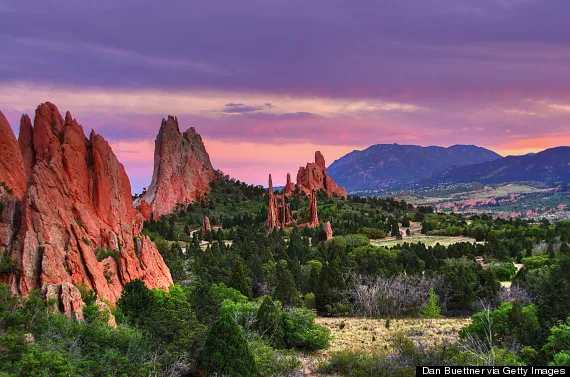
The characteristic rock formations of the Garden of the Gods were formed over a million years ago by naturally occurring geological upheaval. The park is situated on part of the Trans-Rocky Mountain Fault System, the same fault lines that contributed to the formation of the Rocky Mountains and the Pikes Peak massif. Ancient sedimentary beds of sandstone, conglomerates, and limestone were originally deposited horizontally. However, as the tectonic plates pressed together, the rocks were tilted vertically and shaped into ‘fins’ because of the immense force. The red, pink, and white rock formations would have remained ordinary mountain and cliff faces if it were not for the subsequent eroding forces of the receding glaciers at the end of the Pleistocene Ice Age.
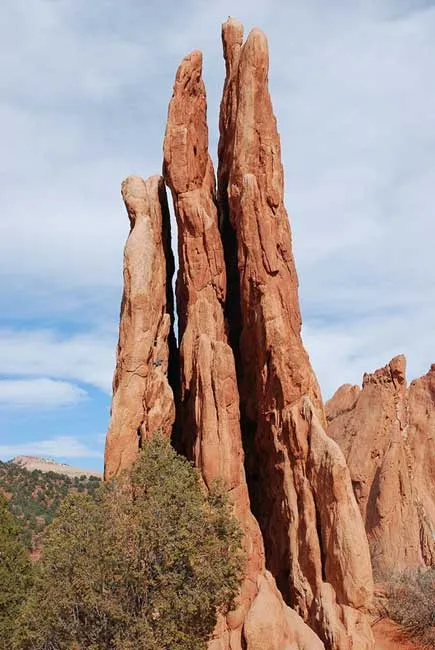
The formation known as the Three Graces ( CC BY-SA 3.0 )
Water currents and strong winds eroded the rocks into their current statuesque appearance. These same forces pushed around and toppled the rocks, helping to create the individual arrangements that are so picture-worthy, for example, the famed Balanced Rock. Still, hints of ancient histories can be seen in the rocks, including former seas and beaches, massive mountain ranges, and huge fields of sand dunes.
The Balanced Rock
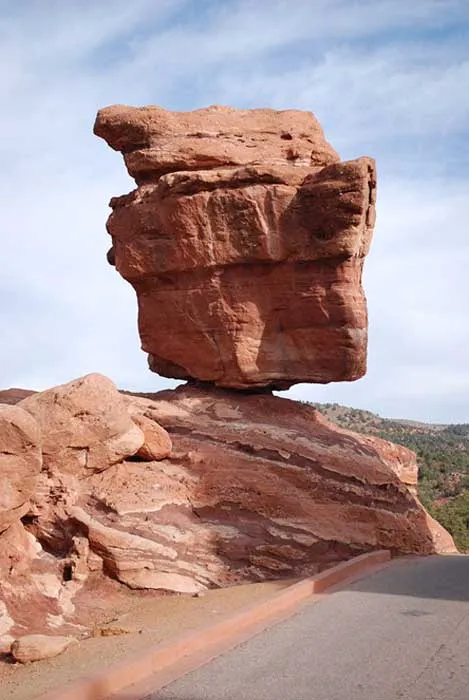
The Balanced Rock ( CC BY-SA 3.0 )
In addition to geological history, the Garden of the Gods showcases human history, too. There is evidence that prehistoric humans visited the park as early as 1330 BC, including petroglyphs, ancient fire rings, broken pottery, and innumerable stone tools and projectile points. Around 250 BC, a tribe of Native Americans began to camp in the park; they were most likely attracted to the site for its abundance of animal and plant life as well as the shelter provided by the rock over-hangs. Doubtless, they too were struck by the exquisite beauty of the landscape.
The Ute People
Many local tribes have claimed a connection to the Garden of the Gods at some point in time, including the Apache, Kiowa, Pawnee, Arapaho, Cheyenne, and the Shoshone; however, it is the Ute people who seem to have the greatest connection to the place. They mostly stayed near the Manitou Springs and inter-mountain trail now known as Ute Pass. They believed that the red rocks had spiritual properties and their oral tradition describes how man was created in the Garden of the Gods. Today, early Ute petroglyphs can be seen on some of the rocks. Europeans, mainly Spanish explorers, first arrived in the Garden in the 16th century.
Rising out of Ute pass
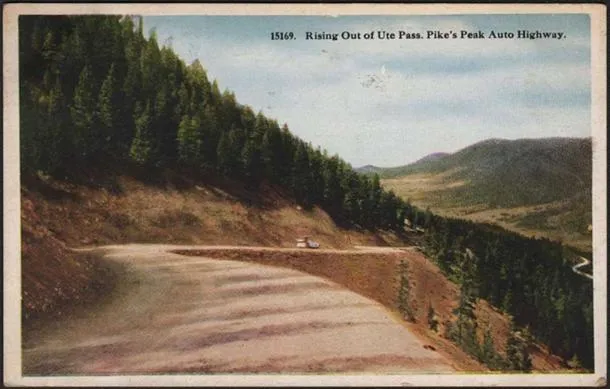
Rising out of Ute pass ( Public Domain )
The Garden of the Gods first became a park, of sorts, in 1879 when the founder of Colorado Springs, General William Jackson Palmer, convinced his friend, Charles Elliott Perkins, to purchase the 240 acres containing some of the most stunning portions of the Garden of the Gods. Perkins then doubled his initial purchase in 1899 and told General Palmer, who had donated over 1,000 acres of his personal property to the state of Colorado, about his intention to donate the land to the City of Colorado Springs. Unfortunately, Perkins died before he could see his dream of a Garden of the Gods public park. Yet, knowing well their father’s intention, Perkins’ children deeded the property to the city on December 22, 1909. They added the cave at that it had to remain free for the entire world to enjoy.
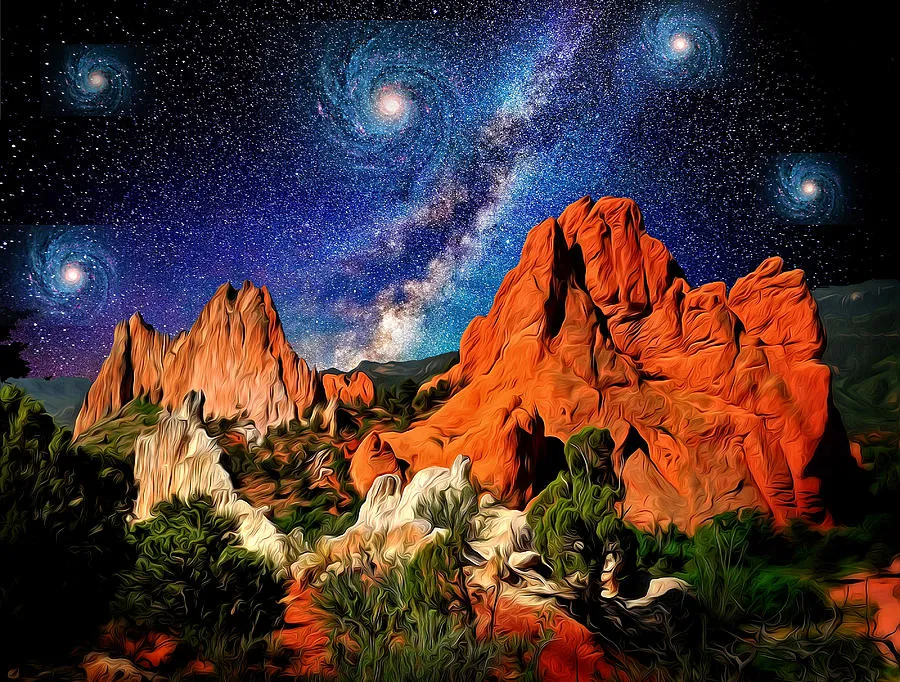
Garden of the Gods Stary Night
click on link below for more info parks hours tours activities
http://gardenofgods.com/
